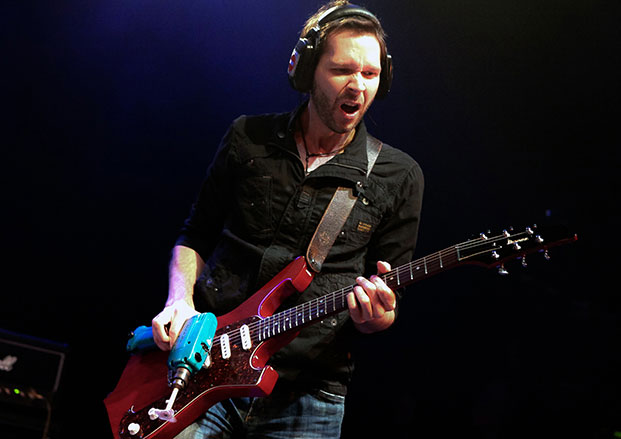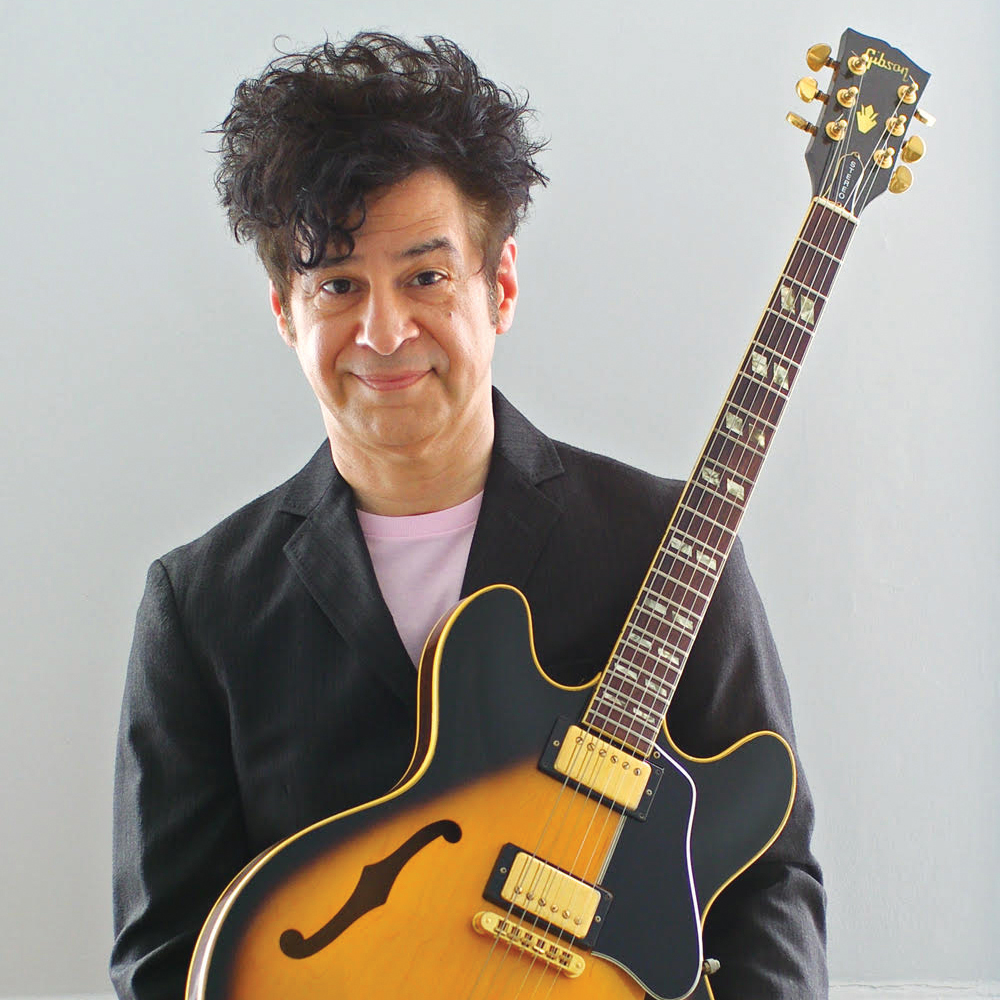Paul Gilbert’s "World Changing" Trick for Better Blues Licks

If you’re tired of playing stock minor pentatonic runs when you solo over a rock or blues progression, guitar virtuoso Paul Gilbert has a couple of neat tricks you can use to jazz up your licks.
“Blues is the first step to get to jazz,” Gilbert says. And in this video, he gives you two simple ways to jazz-up a blues scale—or play “jazz blues,” as he calls it.
He demonstrates by using a standard I-IV-V blues progression.
Over the I, he plays a normal minor pentatonic scale. Simple.
Over the IV chord, he takes the minor pentatonic scale and moves it down three frets and changes one note—he flattens the fifth scale degree. So for the D minor pentatonic scale he demonstrates, the notes become D F G Ab C (or 1 b3 4 b5 b7).
"I’m taking a very familiar thing and changing one note,” Gilbert says. “And suddenly it sounds jazzy.”
For the V chord, he changes the root of the minor pentatonic scale by dropping it one fret.
“That’s pretty jazzy sounding,” he marvels. “With just changing one note, I’ve suddenly stepped into another world.”
Check it out. Then put it to use in your own playing.
Get The Pick Newsletter
All the latest guitar news, interviews, lessons, reviews, deals and more, direct to your inbox!
Christopher Scapelliti is editor-in-chief of Guitar Player magazine, the world’s longest-running guitar magazine, founded in 1967. In his extensive career, he has authored in-depth interviews with such guitarists as Pete Townshend, Slash, Billy Corgan, Jack White, Elvis Costello and Todd Rundgren, and audio professionals including Beatles engineers Geoff Emerick and Ken Scott. He is the co-author of Guitar Aficionado: The Collections: The Most Famous, Rare, and Valuable Guitars in the World, a founding editor of Guitar Aficionado magazine, and a former editor with Guitar World, Guitar for the Practicing Musician and Maximum Guitar. Apart from guitars, he maintains a collection of more than 30 vintage analog synthesizers.








![Joe Bonamassa [left] wears a deep blue suit and polka-dotted shirt and plays his green refin Strat; the late Irish blues legend Rory Gallagher [right] screams and inflicts some punishment on his heavily worn number one Stratocaster.](https://cdn.mos.cms.futurecdn.net/cw28h7UBcTVfTLs7p7eiLe.jpg)


